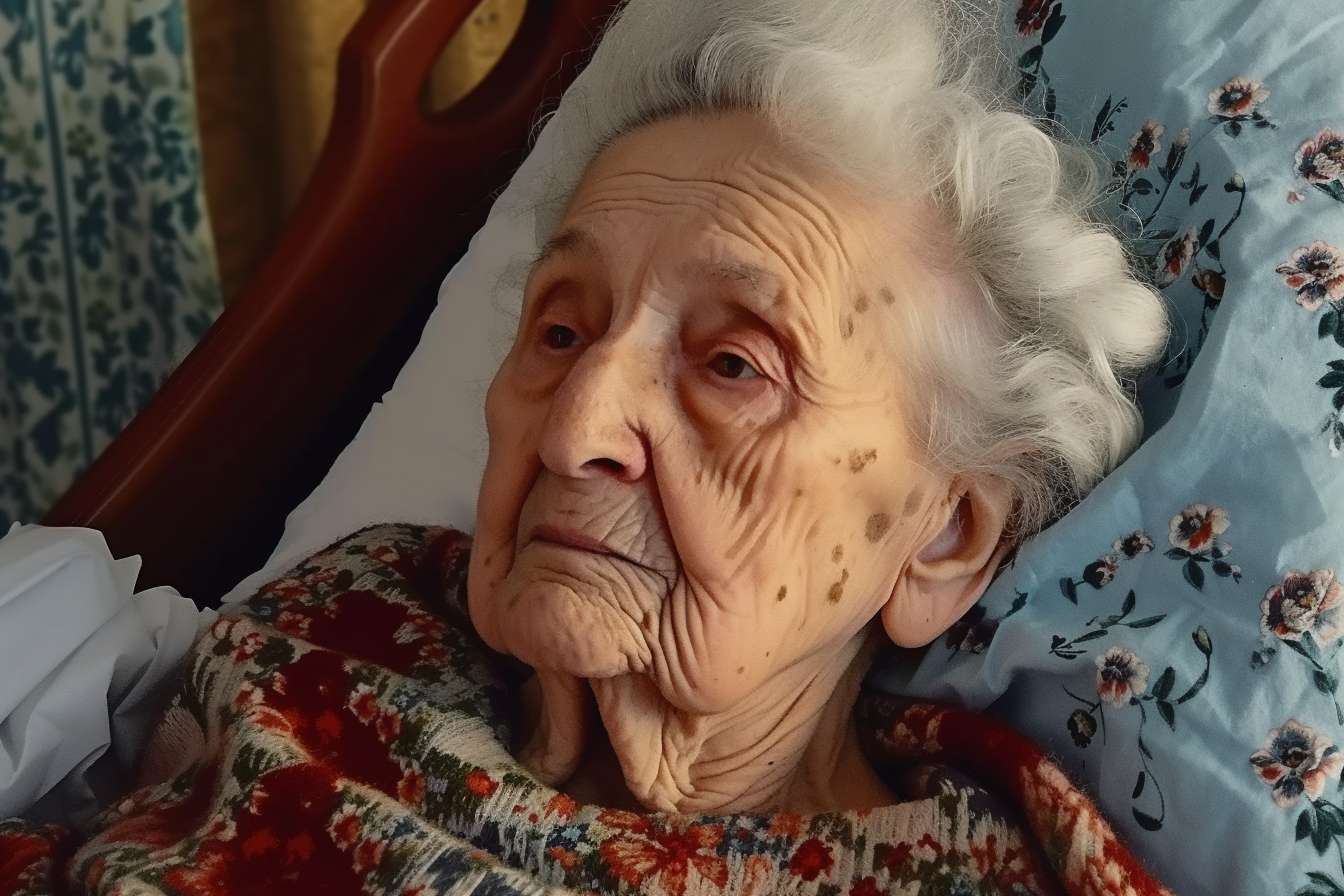Choosing Senior Living: A Practical Guide to Options
Deciding on senior living is a major life choice that affects daily routines, health care, finances, and social life. This guide breaks down independent living, assisted living, memory care, and skilled nursing; outlines typical amenities, cost ranges, and safety checks; and offers practical steps to plan a smooth transition. Learn what to look for when touring communities and how to match services to changing needs.

Making the move to a senior living community is an important step that blends practical needs with emotional considerations. Whether you are exploring options for yourself or a loved one, understanding available services, common amenities, costs, and quality indicators will help you make a confident, informed choice.
Key Features and Amenities
Many modern senior living communities are designed to make daily life easier and more rewarding. Typical offerings include restaurant-style dining, on-site fitness facilities, scheduled transportation for appointments and outings, and regular housekeeping. Social programming—group activities, classes, clubs, and organized outings—helps residents stay engaged and connected.
Additional conveniences often found in these communities are beauty salons and barber shops, libraries, gardens and walking paths, and multiple common areas for visits and events. The goal is to balance independence with opportunities for social interaction, providing an environment that supports health, convenience, and quality of life.
Care Levels and Services Explained
Senior living covers a spectrum of care to match different needs:
-
Independent living: Focused on convenience and community, these settings emphasize social programming, maintenance-free housing, and shared amenities. They are ideal for active older adults who want to simplify daily chores without clinical support.
-
Assisted living: This level adds personal care services such as help with bathing, dressing, and grooming, along with medication reminders or management. Assisted living communities typically have staff available around the clock to respond to routine needs and emergencies.
-
Memory care: Designed for people with Alzheimer’s disease or other forms of dementia, memory care units combine a secure, supervised environment with specialized activities and staff trained in dementia care techniques. Programming centers on preserving routine, easing agitation, and providing cognitive stimulation.
-
Skilled nursing: Also known as nursing homes, skilled nursing facilities deliver 24/7 clinical care for people with significant medical needs. Services often include medical monitoring, wound care, physical and occupational therapy, and rehabilitation after hospitalization.
Financial Considerations and Typical Costs
Costs for senior living vary widely by region, community type, and the level of care required. Below is a general monthly cost guide to help set expectations.
| Type of Care | Average Monthly Cost | Typical Services Included |
|---|---|---|
| Independent Living | $2,000 - $4,000 | Housing, meals, activities, basic utilities |
| Assisted Living | $4,000 - $7,000 | Above plus personal care assistance, medication help |
| Memory Care | $5,000 - $9,000 | Specialized dementia care, secure environment |
| Skilled Nursing | $7,000 - $12,000 | 24/7 medical care, rehabilitation services |
Prices, rates, or cost estimates mentioned in this article are based on the latest available information but may change over time. Independent research is advised before making financial decisions.
Planning the Transition
Moving into a senior living community takes logistical planning and emotional adjustment. Start by assessing both current and anticipated needs—consider mobility, medication management, chronic conditions, and cognitive status. Visit several communities at different times of day to observe meals, activities, and resident interactions.
Talk with staff, meet current residents, and ask about trial stays or respite care options that let someone experience the community short-term before committing. Think about location and proximity to family, transportation access, and the neighborhood’s culture. Create a timeline for downsizing and moving, and involve family members or a trusted advisor to ease the process.
Evaluating Quality and Safety
Carefully evaluate licensing, staff credentials, and inspection or survey reports before choosing a community. Review staffing ratios, staff turnover, emergency response systems, and training programs—especially for dementia care if relevant. Observe cleanliness and maintenance across the facility and ask about protocols for infection control, medication management, and handling medical emergencies.
A transparent community will provide written policies, a sample care plan, and references from residents or families. Regular family involvement and clear communication with care staff help maintain quality of life and ensure changes in health are managed promptly.
Making an Informed Decision
Narrow options by comparing services, contracts, and pricing structures—note whether fees are all-inclusive or a la carte, and ask how increases are handled. Consider the availability of on-site medical or therapy services, and whether the community can accommodate escalating needs if care requirements grow.
Finally, trust your observations and instincts when touring. A welcoming atmosphere, respectful staff, and active residents are strong indicators of a community that values dignity and quality of life.
This article is for informational purposes only and should not be considered medical advice. Please consult a qualified healthcare professional for personalized guidance and treatment.






